Home >
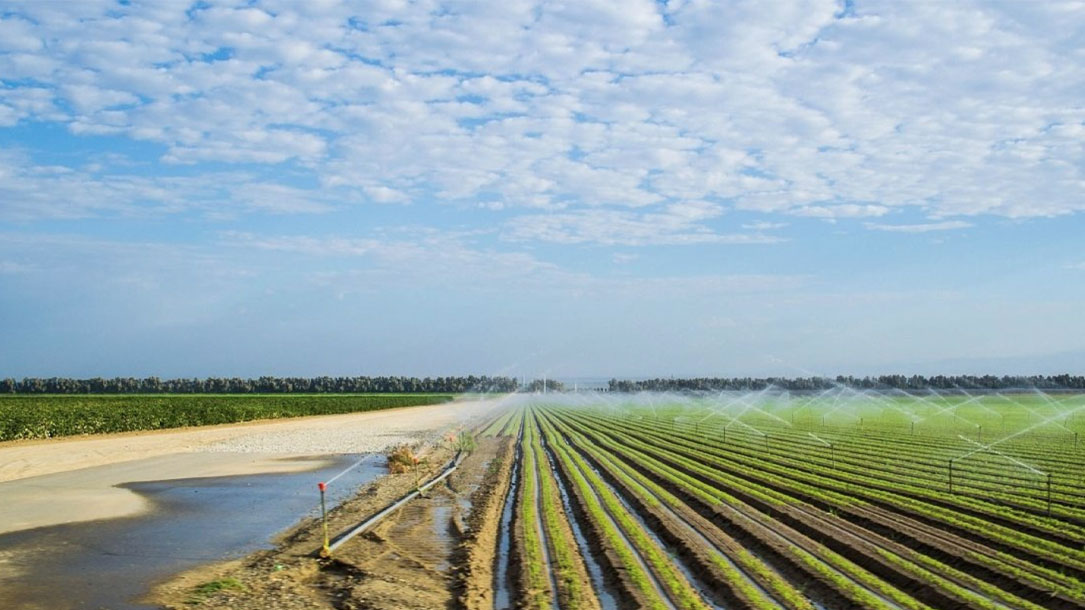
Tips for land trusts to communicate about climate change
The Land Trust Alliance, a national land trust service center, provides tips and examples on how land trusts are stepping up to meet community members where they are and help empower them to take action on climate change.
As land trusts recognize the growing threat of species extinction, rise of invasives, loss of agricultural viability, and serious impacts on health and local economies, many are helping folks connect the dots in a way that matters to them.
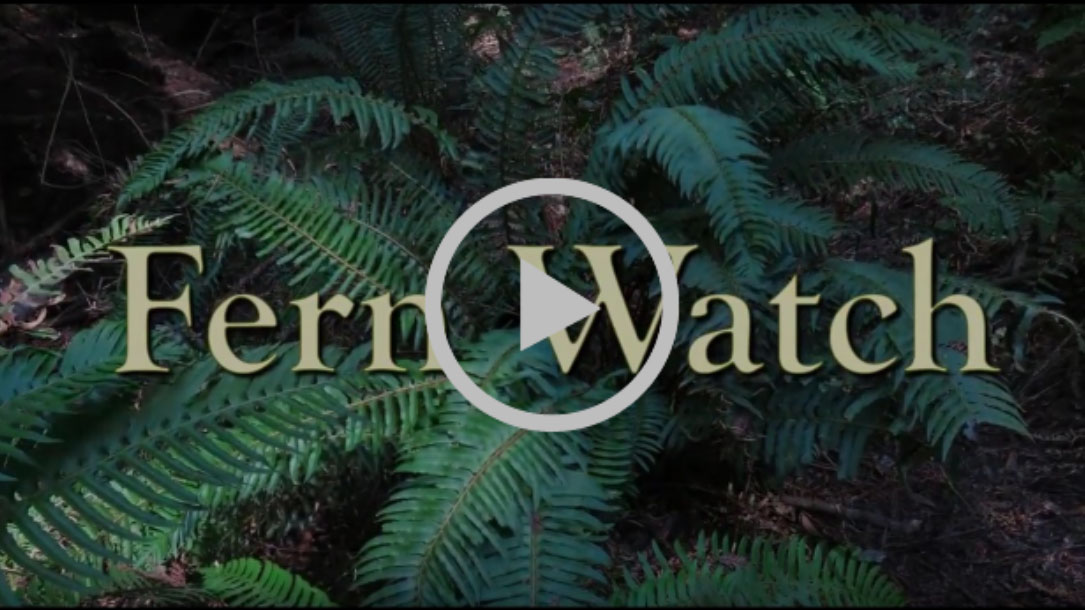
Fern Watch
Help Save the Redwoods League track climate impacts in the coast redwood forest by observing Western sword fern (Polystichum munitum). This fern is common in the world’s tallest forests and responds quickly to increases or decreases in rainfall. You can help us track changes in these ferns in your local forest by joining our Fern Watch project through the free iNaturalist App. With your help we can locate habitat most buffered from climatic extremes and focus our conservation efforts in areas resilient to climate change.
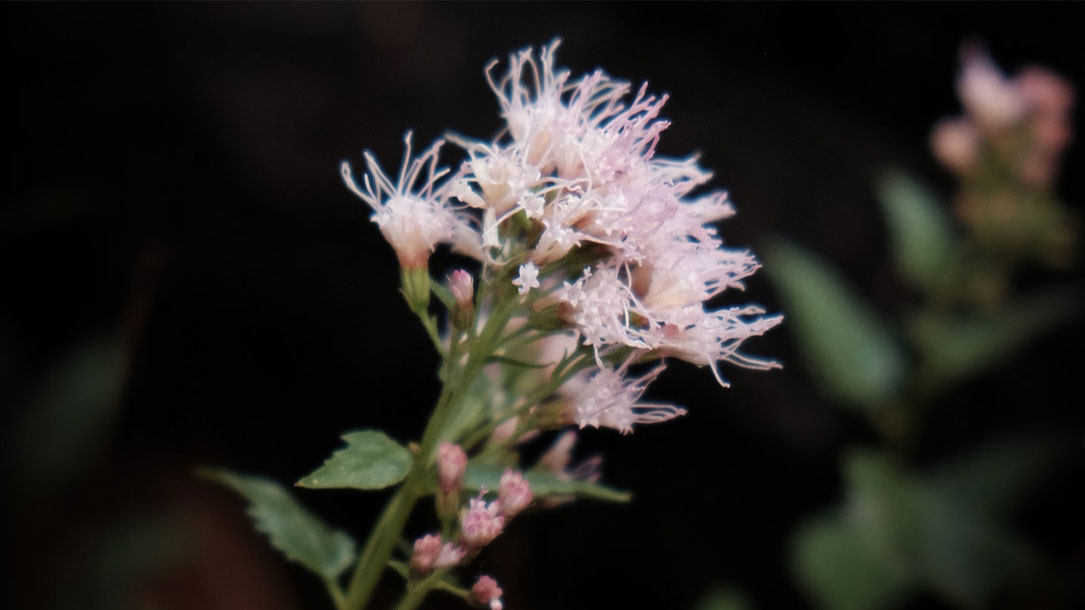
Contribute to Science
Every observation can contribute to biodiversity science, from the rarest butterfly to the most common backyard weed. We share your findings with scientific data repositories like the Global Biodiversity Information Facility to help scientists find and use your data. All you have to do is observe.
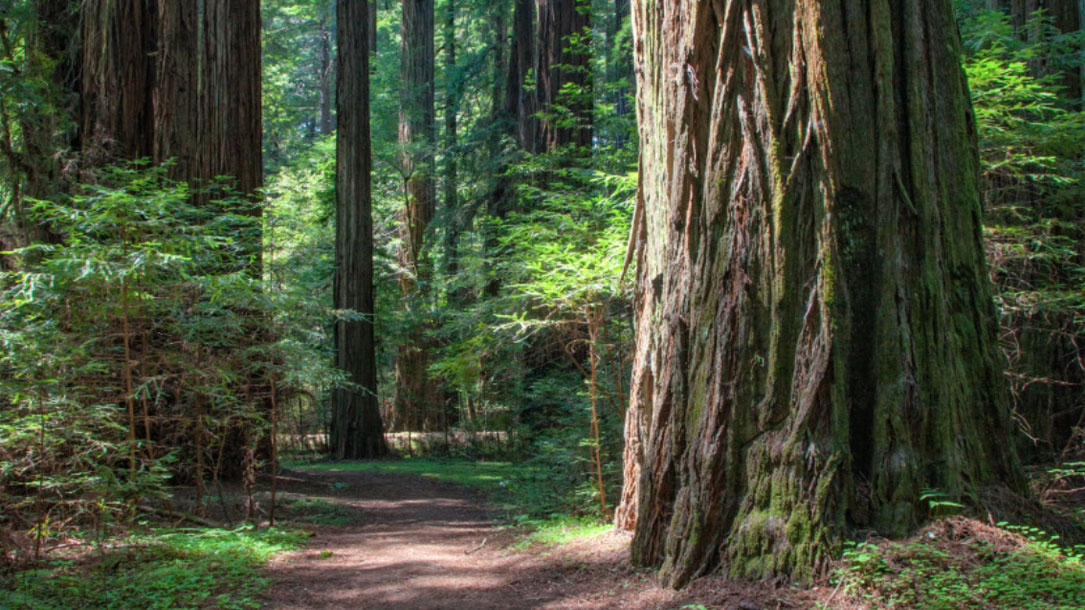
Redwoods in a changing climate
“Coast redwoods and giant sequoia have weathered many changes in their storied history, but the challenge of climate change is unprecedented. Climate change has the potential to affect nearly every corner of our natural landscape. Sea-level rise, drought, severe wildfire, extreme weather, and flooding – and the resulting impacts on wildlife and fauna have serious implications for conservation in California and beyond…”
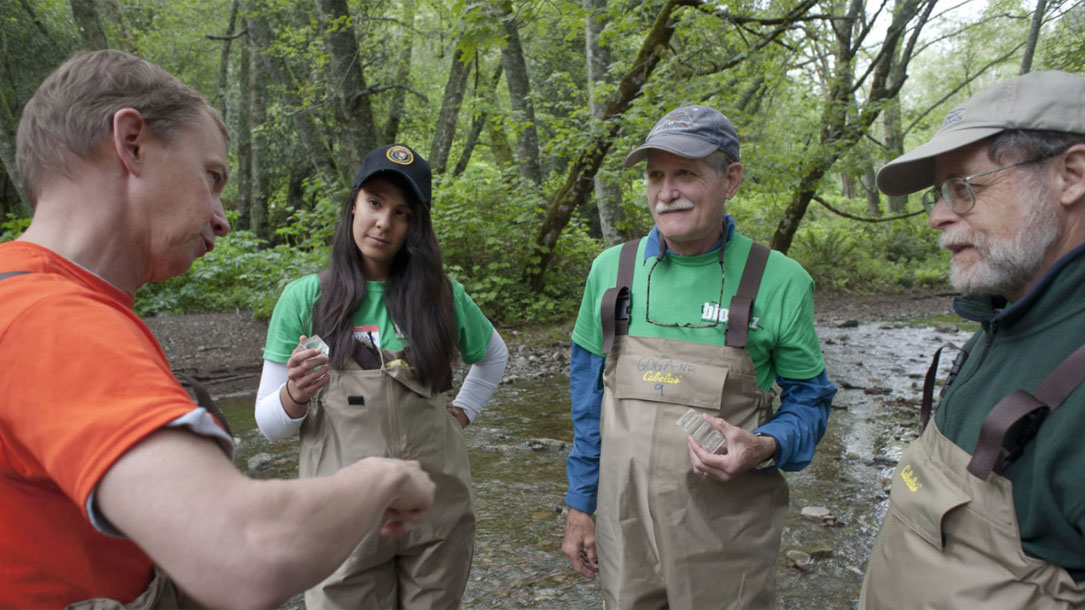
Citizen science programs, iNaturalist app, makes climate change real
Through its citizen science programs, Redwood Watch and Fern Watch, the Save The Redwoods League (a land trust in California) works with community members to help study where redwood forest plants and animals live throughout the redwood range, and track changes in the forest over time, including climate impact.
The land trust has a variety of programs centered around climate change research and uses iNaturalist to help with community plant identification. Check out the fern watch program…
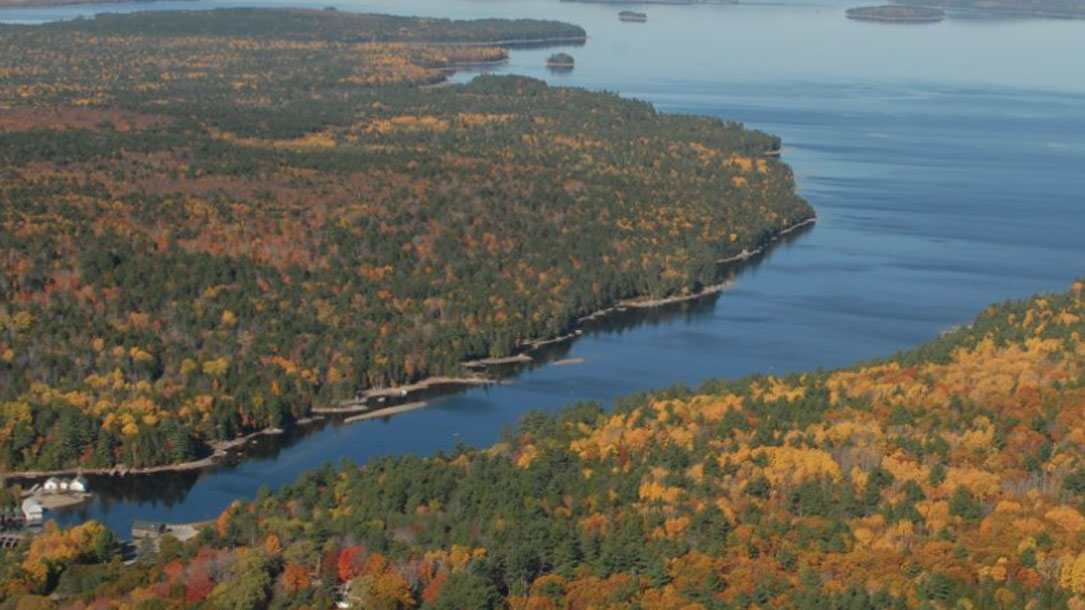
Carbon markets conserve land, reduce climate pollution
Downeast Lakes Land Trust began evaluating its potential to participate in the carbon market in 2009 and entered a partnership with Finite Carbon in 2010. Finite Carbon Corporation is a forest carbon development company that partners with landowners to create and monetize carbon offsets.
Carbon offsets enabled a small, rural community land trust to conserve a large amount of land, protecting it from fragmentation and conversion to other uses…

A climate change solution beneath our feet
The roots run deep for Scott Stone at Yolo Land & Cattle Company outside Winters, California. His late father, Hank Stone, bought the 7,500-acre ranch about 40 years ago, and it’s now owned and operated by Scott and his brother Casey.
Stone is as much a natural resources manager as a rancher, with a protective eye on the ranch’s watersheds, trees, pasture and grass-fed cattle, and a genuine desire to leave the land better than he found it…
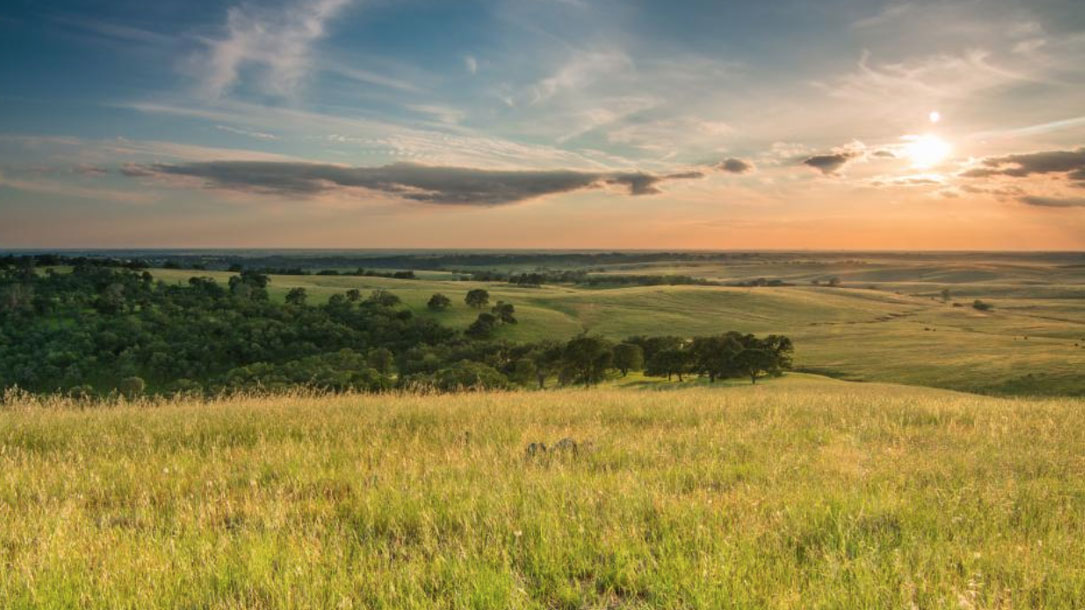
Grasslands more reliable carbon sink than trees
Unlike forests, grasslands sequester most of their carbon underground, while forests store it mostly in woody biomass and leaves. When wildfires cause trees to go up in flames, the burned carbon they formerly stored is released back to the atmosphere. When fire burns grasslands, however, the carbon fixed underground tends to stay in the roots and soil, making them more adaptive to climate change…
“In a stable climate, trees store more carbon than grasslands,” said co-author Houlton, director of the John Muir Institute of the Environment at UC Davis. “But in a vulnerable, warming, drought-likely future, we could lose some of the most productive carbon sinks on the planet… We really need to start thinking about the vulnerably of the ecosystem carbon, and use this information to de-risk our carbon investment and conservation strategies in the 21st century”…
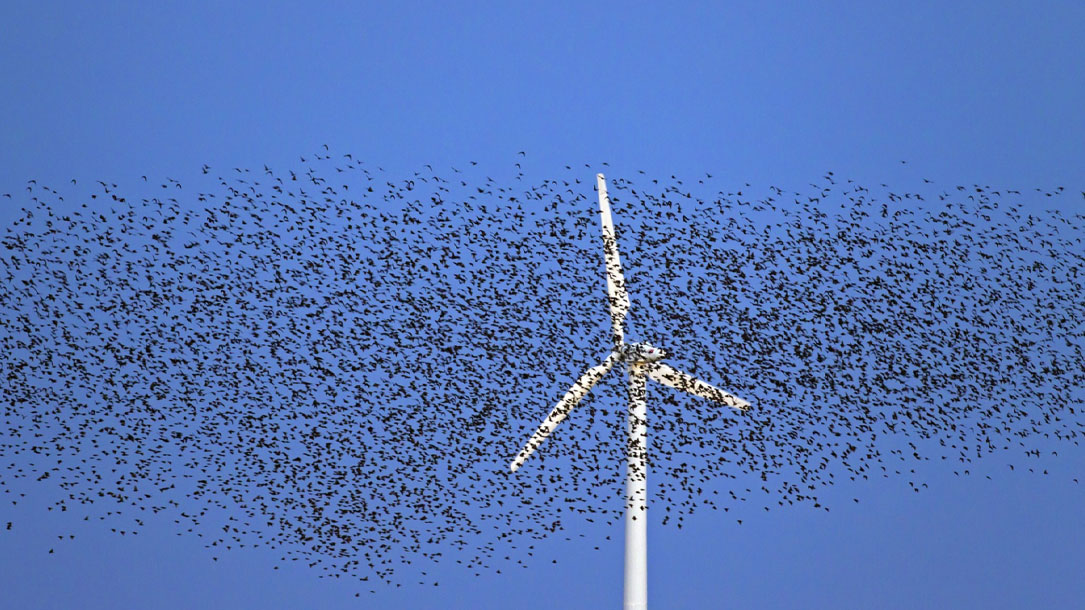
Wind energy takes a toll on birds, but now there’s help
Given that entire species will be wiped out with climate change, when it comes to talking about the negative impact that windmills have on birds, it’s a very relative figure—one we have to keep in mind more than ever. Still, if there are ways to reduce the number of birds killed, and that’s a very positive thing.
“Researchers at Cornell University in Ithaca, New York, have hit upon what could prove to be a simple way to protect birds from wind turbines. They’ve used the “signatures” of birds that are visible in raw weather radar data to generate bird maps and live migration forecasts designed to alert wind farm operators to the presence of birds at peak times…”

Dems, GOP agree more than they think on climate change
Just how far apart are Republicans and Democrats when it comes to views on climate change?
Not nearly as far as most assume, according to new University of Colorado Boulder research that surveyed more than 2,000 adults.
“Despite what we often hear about the deep divisions between parties, we found that there is actually general agreement that climate change is real, that human activity causes climate change, and that we should do something about it,” said Leaf Van Boven, a psychology and neuroscience professor at CU Boulder and lead author of the study, published today in Perspectives on Psychological Science…












